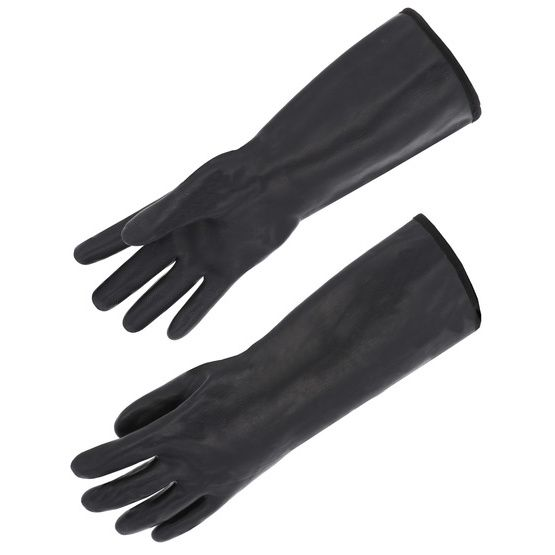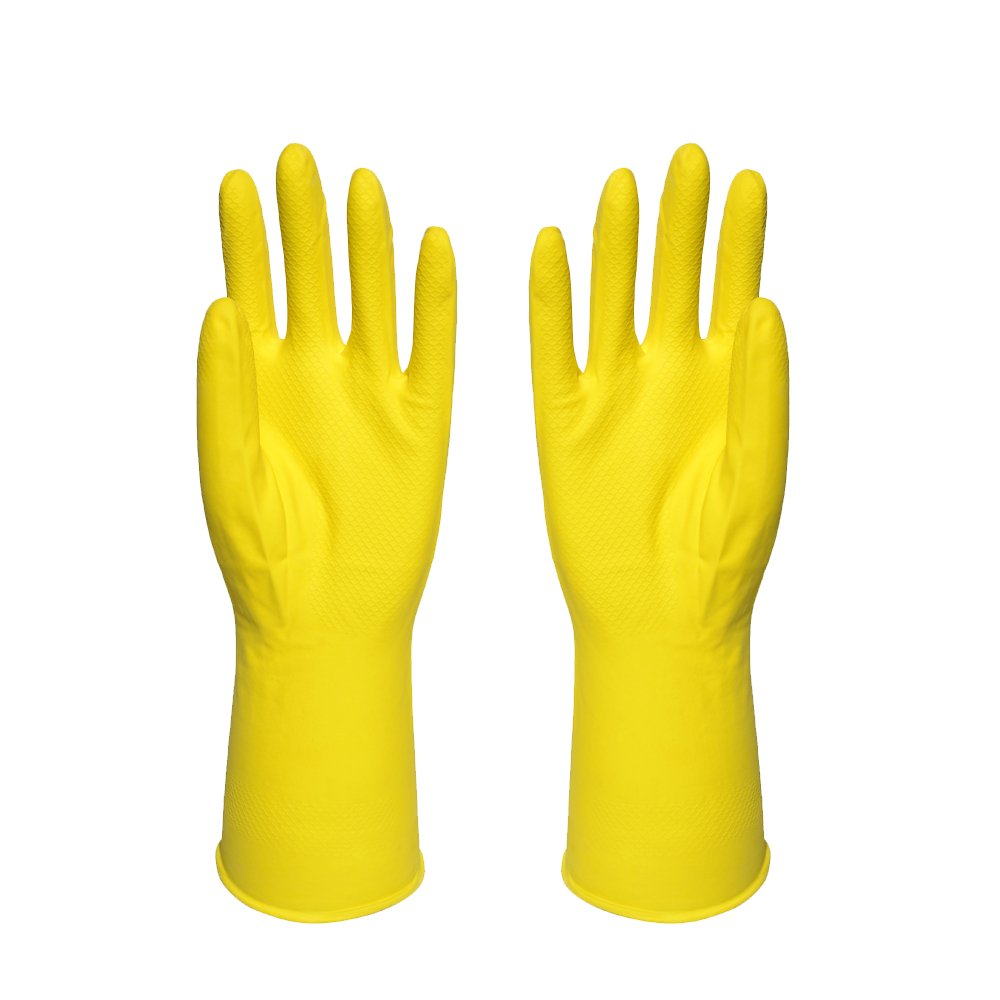 Neoprene Gloves and Natural Rubber Gloves: Understanding the Differences and Choosing the Right Fit for Your Needs. Neoprene and natural rubber are different materials used in glove manufacturing, each with unique properties that make them suitable for various work environments. By understanding the characteristics and production methods of each material, you can choose the most suitable gloves for your specific needs to prevent unnecessary accidents.
Neoprene Gloves and Natural Rubber Gloves: Understanding the Differences and Choosing the Right Fit for Your Needs. Neoprene and natural rubber are different materials used in glove manufacturing, each with unique properties that make them suitable for various work environments. By understanding the characteristics and production methods of each material, you can choose the most suitable gloves for your specific needs to prevent unnecessary accidents.
Neoprene Gloves
Neoprene gloves are made from synthetic rubber (or polychloroprene), which is produced by polymerizing chloroprene. Available in both soft and hard forms, this manufacturing process gives neoprene gloves excellent water resistance, chemical resistance, heat resistance, durability, corrosion resistance, and tear resistance. Additionally, neoprene is soft and elastic, providing a high level of comfort during use.
Natural Rubber Gloves
Natural latex gloves are made from natural rubber, primarily sourced from rubber trees. The latex is extracted from the trees, mixed with ammonia and acid, and then processed to remove all remaining moisture. This extraction process allows the rubber to solidify into layers, which are then processed to create the gloves. This method gives the gloves superior elasticity, flexibility, comfort, and a strong grip, making them widely used in medical, laboratory, food handling, and industrial fields. Moreover, latex is a natural material that can biodegrade, reducing environmental pollution compared to synthetic materials.
Factors to Consider Before Purchasing Neoprene or Natural Rubber Gloves
Chemical Resistance
When dealing with various chemicals such as acids, alkalis, greases, and solvents, neoprene gloves offer better chemical resistance than latex gloves, making them one of the best choices for such tasks.
Allergies
Some people may be allergic to natural latex, making latex gloves uncomfortable for them. Neoprene gloves, on the other hand, rarely cause allergic reactions, so if you have a latex allergy, it is advisable to choose neoprene gloves or other non-latex alternatives.
Cost
Neoprene gloves are generally more expensive than latex gloves. However, their durability and chemical resistance might make them more cost-effective in the long run. Latex gloves are more suitable for budget-conscious situations, but potential allergy issues should be considered when selecting an alternative.
Neoprene Gloves vs. Latex Gloves
Both types of gloves have their own strengths. Your choice should depend on your specific needs, usage, and work environment. If you need to handle various chemicals or work in high-temperature environments, neoprene gloves are ideal. For high dexterity and comfort, especially in medical and laboratory settings, natural latex gloves are a better choice.

Neoprene Gloves vs. Silicone Gloves
Silicone gloves are made from a polymer material composed of a silicon-oxygen chain and organic groups. These gloves remain stable at extremely high temperatures, often tolerating up to 250°C or higher. They are not only heat resistant but also remain flexible at low temperatures, do not become brittle, are skin-friendly, hypoallergenic, soft, elastic, and highly comfortable to wear. Silicone gloves are suitable for medical and food handling applications due to their biocompatibility and hypoallergenic properties. However, they are inert to most chemicals and unsuitable for environments with strong acids or bases.
Silicone gloves are widely used in baking and food handling as oven mitts and heat-resistant gloves to ensure hygiene and safety. Similar to neoprene gloves, their biocompatibility and low allergenicity make them suitable for medical and beauty care operations. Like latex gloves, they are also ideal for household chores such as cleaning and dishwashing. While silicone gloves are generally more expensive than neoprene gloves, their heat resistance and biocompatibility make them highly valuable in specific applications.
How to Buy
For over a decade, Aibon has provided top-tier glove services to more than 1,000 companies across 45 countries. Our customer-focused production emphasizes efficiency, ensuring that we can meet all your glove needs whenever required. Our manufacturing process adheres to the strictest quality standards to ensure your components meet your specifications. No matter the type of gloves you need, we can provide them.
If you are interested in ordering gloves, please contact us online immediately for a free quote. We have in-house manufacturing capabilities, stock parts, and bulk options to help meet your project needs.
How to Measure Glove Sizes – Source: AIBON
Latex gloves– Source: AIBON
Safety gloves– Source: AIBON
Working gloves– Source: AIBON



